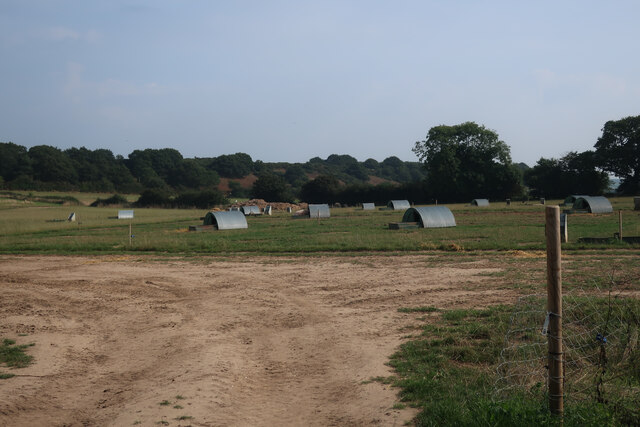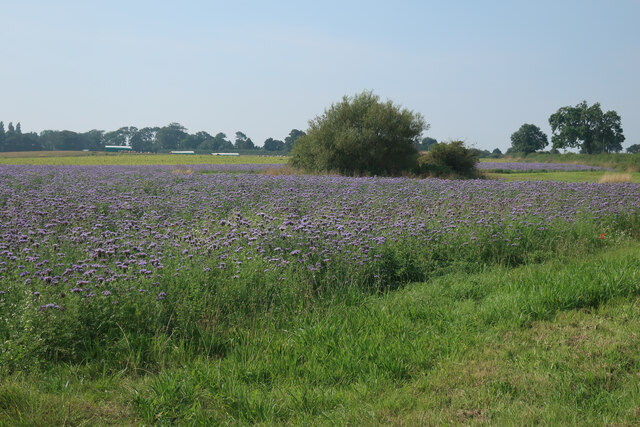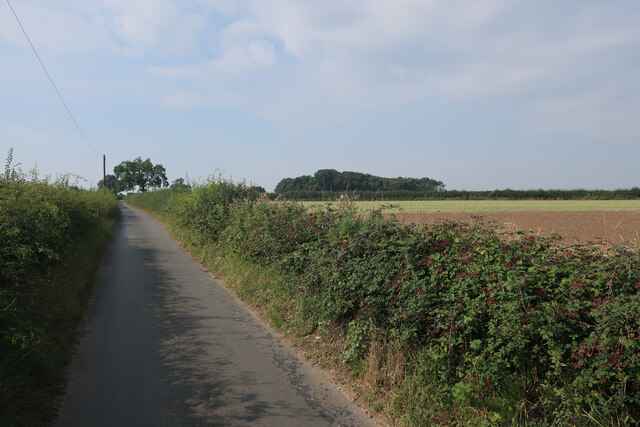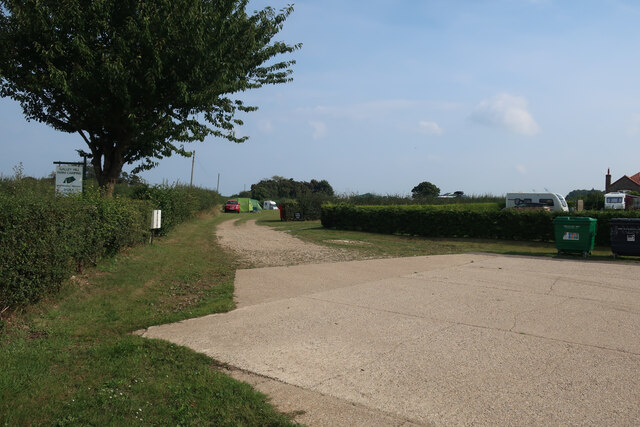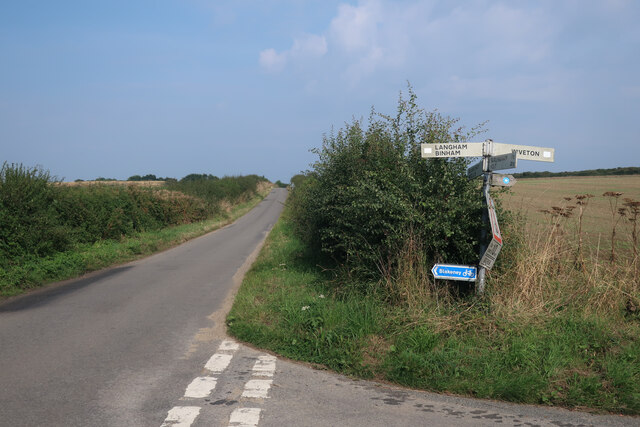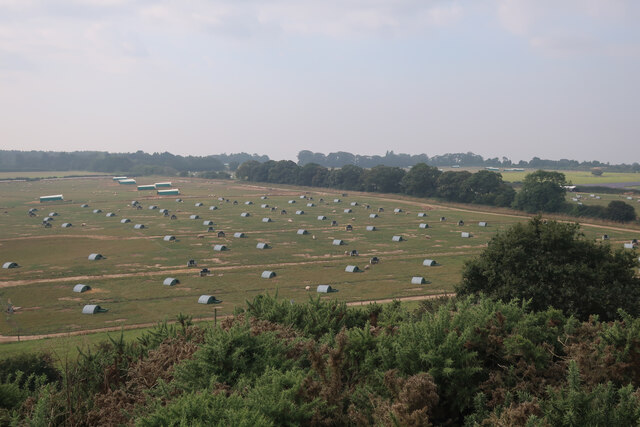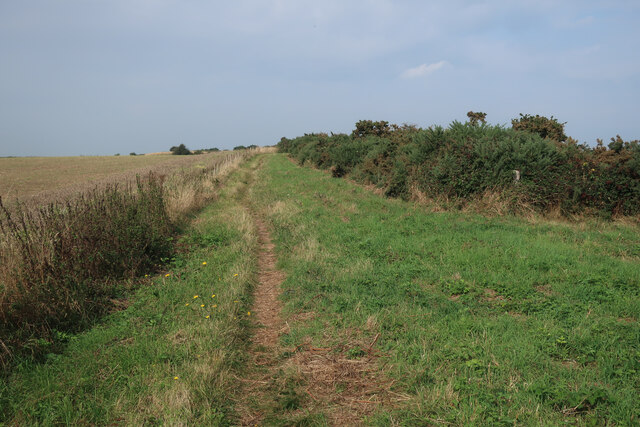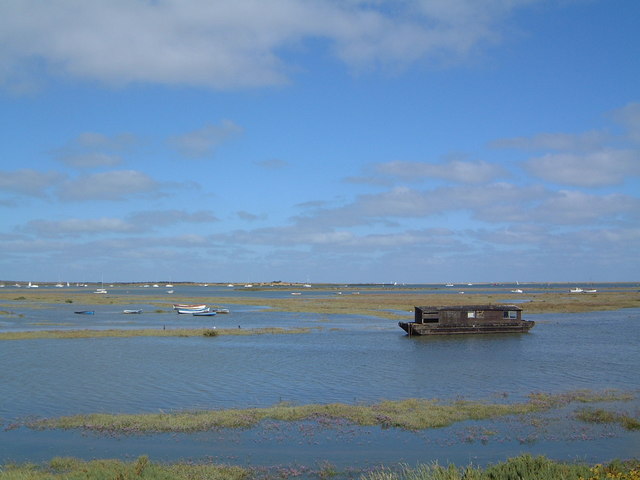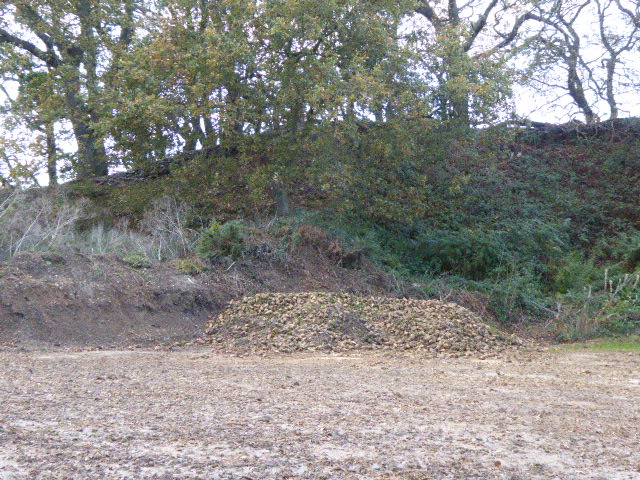Bilsey Hill
Hill, Mountain in Norfolk North Norfolk
England
Bilsey Hill
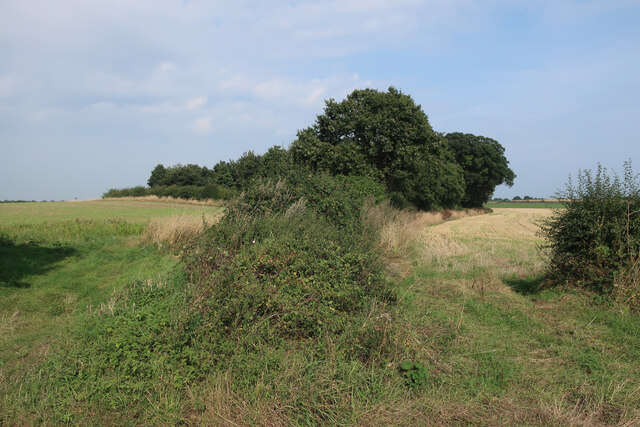
Bilsey Hill, located in the county of Norfolk, England, is a prominent hill that offers picturesque views and serves as a popular recreational site for locals and tourists alike. Despite being referred to as a hill, it is worth mentioning that Norfolk is known for its flat landscape, and Bilsey Hill is considered one of the few elevated areas in the county.
Standing at an elevation of approximately 70 meters (230 feet) above sea level, Bilsey Hill provides visitors with an opportunity to enjoy panoramic vistas of the surrounding countryside. The hill is covered in lush green grass, and its slopes are dotted with patches of wildflowers, adding to its natural charm.
The hill is easily accessible, with a designated car park and a network of footpaths leading to its summit. These footpaths are well-maintained and cater to both walkers and hikers of varying abilities. Many visitors choose to explore the hill by foot, taking leisurely strolls or embarking on more adventurous hikes to fully immerse themselves in the tranquil and scenic surroundings.
Bilsey Hill also boasts an interesting historical significance. It is believed to have been a Bronze Age burial mound, with archaeological excavations unearthing evidence of ancient human activity in the area. This adds an air of mystery to the hill, attracting history enthusiasts and archaeology lovers.
Overall, Bilsey Hill is a natural gem in the Norfolk countryside, offering a serene retreat for those seeking a break from the hustle and bustle of everyday life. Whether it's for a leisurely walk, a family picnic, or a moment of reflection, Bilsey Hill provides a captivating experience for all who visit.
If you have any feedback on the listing, please let us know in the comments section below.
Bilsey Hill Images
Images are sourced within 2km of 52.933552/1.0057432 or Grid Reference TG0241. Thanks to Geograph Open Source API. All images are credited.



Bilsey Hill is located at Grid Ref: TG0241 (Lat: 52.933552, Lng: 1.0057432)
Administrative County: Norfolk
District: North Norfolk
Police Authority: Norfolk
What 3 Words
///cares.poppy.stealthier. Near Briston, Norfolk
Related Wikis
Bilsey Hill
Bilsey Hill is a 3-hectare (7.4-acre) geological Site of Special Scientific Interest south of Blakeney in Norfolk. It is a Geological Conservation Review...
Wiveton Downs
Wiveton Downs is a 28.9-hectare (71-acre) biological and geological Site of Special Scientific Interest at Wiveton, west of Sheringham in the English county...
Langham, Norfolk
Langham is a village and a civil parish in the English county of Norfolk. The village is 14.7 miles (23.7 km) west of Cromer, 27.2 miles (43.8 km) northwest...
North Norfolk Coast Site of Special Scientific Interest
The North Norfolk Coast Site of Special Scientific Interest (SSSI) is an area of European importance for wildlife in Norfolk, England. It comprises 7,700...
Saxlingham
Saxlingham is a village and former civil parish, now in the parish of Field Dalling, in the North Norfolk district, in the county of Norfolk, England....
Glandford (Letheringsett Road)
Glandford (Letheringsett Road) is a 1.1-hectare (2.7-acre) geological Site of Special Scientific Interest west of Sheringham in Norfolk. It is a Geological...
The Shell Museum
The Shell Museum in Glandford, Norfolk is the oldest museum in the county and holds one of the country's largest collections of sea shells. It was founded...
St Nicholas, Blakeney
St Nicholas is the Anglican parish church of Blakeney, Norfolk, in the deanery of Holt and the Diocese of Norwich. The church was founded in the 13th century...
Have you been to Bilsey Hill?
Leave your review of Bilsey Hill below (or comments, questions and feedback).
